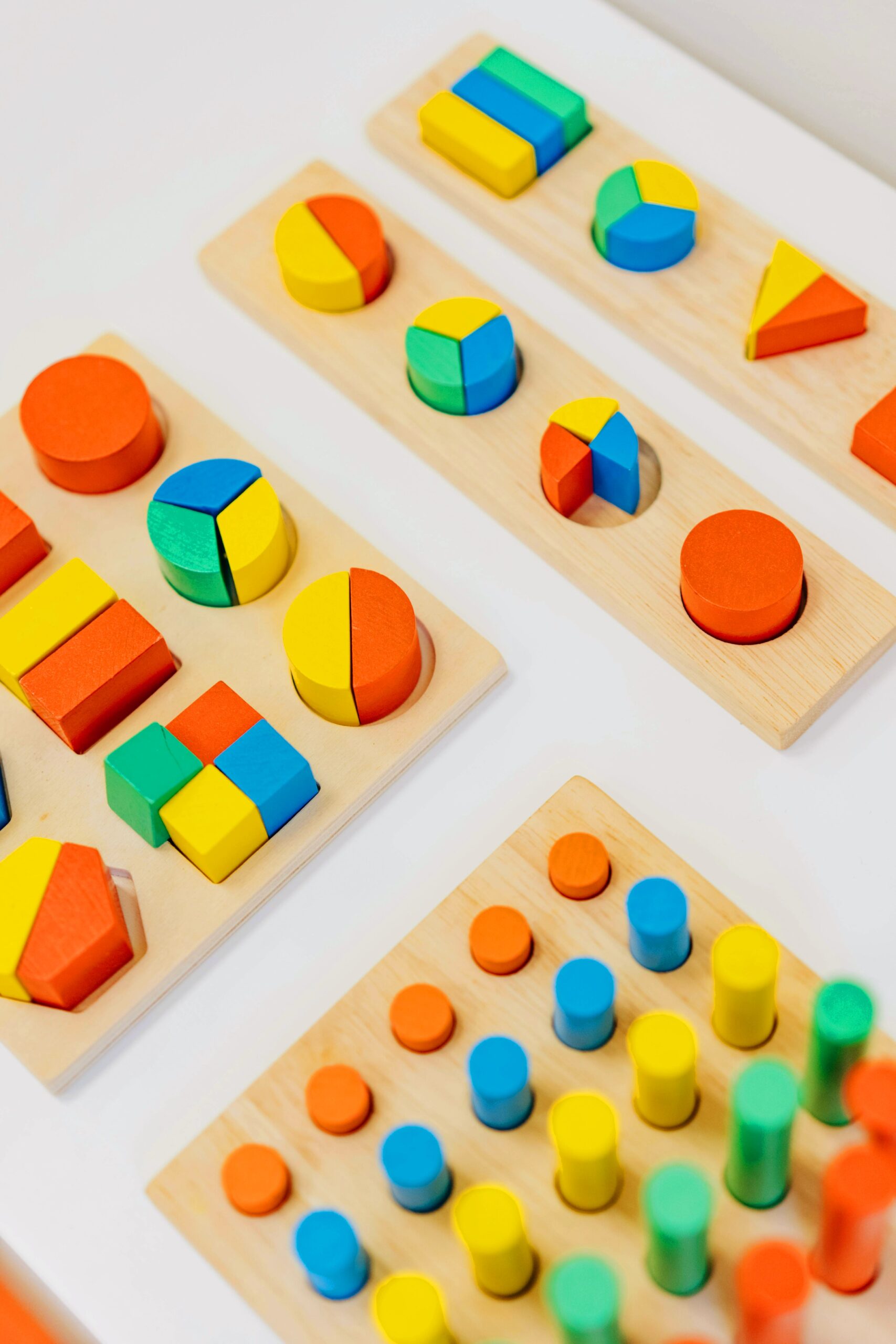Hey there, fellow explorers of the marvelous journey known as parenthood! Have you ever stopped to marvel at the wonders of your child’s sensory development? From the moment they enter this world, their senses are on full alert, eagerly soaking in every sight, sound, touch, taste, and smell. But what exactly is the science behind this incredible journey of sensory exploration in children? Let’s dive in and uncover the secrets behind The Science Behind Sensory Development in Children
The Five Senses: How They Develop in Children
Ah, the fantastic five – vision, hearing, touch, taste, and smell! These senses play a crucial role in shaping how children perceive and interact with the world around them. But how do they develop over time?
- Vision: Ever marveled at how your little one’s eyes light up at the sight of your smile? From blurry newborn vision to sharp-eyed explorers, children’s vision undergoes remarkable development in their early years.
- Hearing: From the soothing sound of your voice to the joyful melodies of their favorite songs, children’s hearing abilities blossom as they grow, allowing them to navigate their auditory world with ease.
- Touch: Oh, the wonders of tactile exploration! From the soft caress of a gentle breeze to the firm grip of a favorite toy, children’s sense of touch evolves, paving the way for endless sensory adventures.
- Taste and Smell: Is there anything more delightful than witnessing your little one’s first taste of their favorite food? As children embark on their culinary journey, their taste buds and olfactory senses awaken to a world of flavors and aromas.
- Proprioception and Vestibular Sense: Watch in awe as your child learns to crawl, walk, and dance their way through life! Through proprioceptive and vestibular feedback, children gain a deeper understanding of their body’s position and movement, setting the stage for physical prowess and spatial awareness.
Cross-Sensory Integration: Connecting the Dots
But wait, there’s more! The Science Behind Sensory Development in Children isn’t just about individual senses—it’s about how they all come together in perfect harmony through cross-sensory integration.
- Definition and Importance: Picture this: your child gleefully exploring the world through sight, sound, touch, taste, and smell—all at once! Cross-sensory integration plays a pivotal role in helping children make sense of their surroundings and form meaningful connections between different sensory experiences.
- Examples and Activities: Ready to embark on a sensory safari? From sensory bins and texture exploration to music and movement activities, there’s no shortage of fun and engaging ways to support cross-sensory integration in children.
- Supporting Overall Development: Like pieces of a puzzle coming together to reveal the bigger picture, cross-sensory integration lays the foundation for children’s cognitive, social, emotional, and physical development, setting them up for success in every aspect of life.
Factors Influencing Sensory Development: Unraveling the Mysteries
Ah, the age-old question: what factors shape The Science Behind Sensory Development in Children? Let’s take a closer look at the forces at play.
- Genetic Factors: Are sensory superpowers inherited, or are they nurtured through experience? While genetics certainly play a role in shaping children’s sensory abilities, environmental factors also come into play, influencing how these abilities unfold over time.
- Environmental Influences: From the sights and sounds of their surroundings to the textures and flavors they encounter, every moment spent in their environment leaves a lasting impression on children’s sensory development.
- Early Experiences and Interventions: Ever heard the saying, “early bird gets the worm”? When it comes to sensory development, early experiences and interventions can make all the difference, laying the groundwork for a lifetime of sensory exploration and discovery.
Sensory Processing Disorders: Navigating the Challenges
But what happens when The Science Behind Sensory Development in Children hits a roadblock? Enter sensory processing disorders (SPDs)—invisible hurdles that can throw a wrench into children’s sensory journey.
- Definition and Common Types: What exactly are SPDs, and how do they manifest in children? From sensory sensitivities and aversions to sensory-seeking behaviors, SPDs come in many shapes and forms, each presenting its own set of challenges.
- Signs and Symptoms: Is your child’s sensory journey hitting a bump in the road? Keep an eye out for signs and symptoms such as sensory overload, avoidance behaviors, and difficulty with everyday tasks.
- Strategies for Management: Fear not, fellow travelers! With the right strategies and support in place, children with SPDs can learn to navigate their sensory world with confidence and resilience, unlocking their full potential along the way.
Conclusion: Embracing the Wonders of Sensory Development
And there you have it, fellow explorers—the wondrous world of The Science Behind Sensory Development in Children! From the marvels of individual senses to the magic of cross-sensory integration, there’s no denying the profound impact that sensory development has on every aspect of children’s lives. So, let’s join hands and embark on this sensory safari together, nurturing our children’s senses with love, curiosity, and boundless wonder. After all, the journey may be long, but the discoveries along the way? Absolutely priceless.

